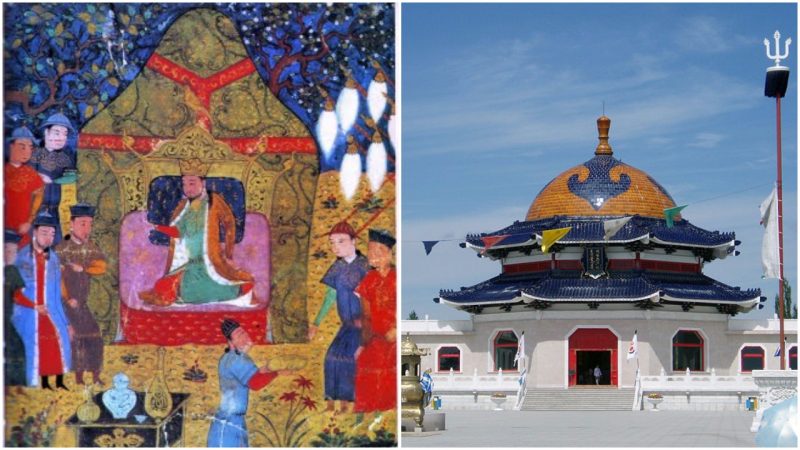Genghis Khan was one of the most powerful warlords in history. He rose to power after uniting the nomadic tribes of Northeast Asia and founded the Mongol Empire.
It was the second largest empire in history: at one point it ruled over 16% of the Earth’s entire land area.
Many historians consider Genghis Khan a ruthless killer and a merciless tyrant, but others praise him as the founding father of Mongolia and a supporter of religious tolerance.
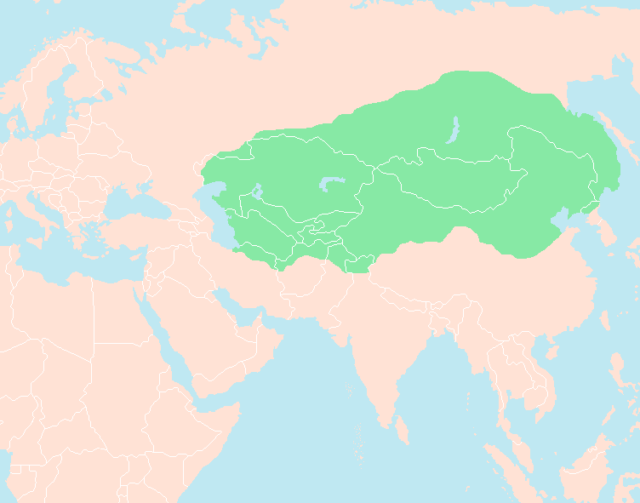
The circumstances of Genghis Khan’s death remain a mystery. He died in August of 1227, during the war with the Western Xia, an empire that ruled over several Chinese and Mongolian provinces. Several sources, including the famous Italian explorer and traveler Marco Polo, claim that Genghis Khan died from an infected arrow wound sustained in his final campaign against the Western Xia. However, several other sources claim that he fell from a horse while hunting and died from injuries.
Several years before his death, Genghis Khan instructed his officials to bury him in accordance with the tradition of his tribe. He asked to be buried in an unmarked grave, and it is unknown whether any riches were buried with him to accompany him into the afterlife.
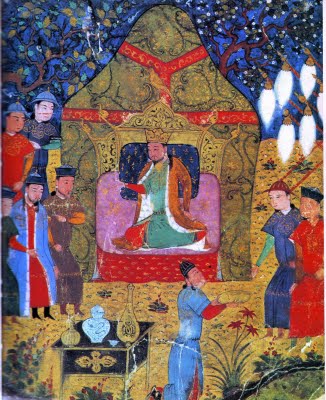
However, it is known that a special funeral escort transported Genghis Khan’s remains back to Mongolia. His remains are most likely buried somewhere near the area of his birthplace in the Khenti Province, close to the Onon River and the mountain of Burkhan Khaldun.
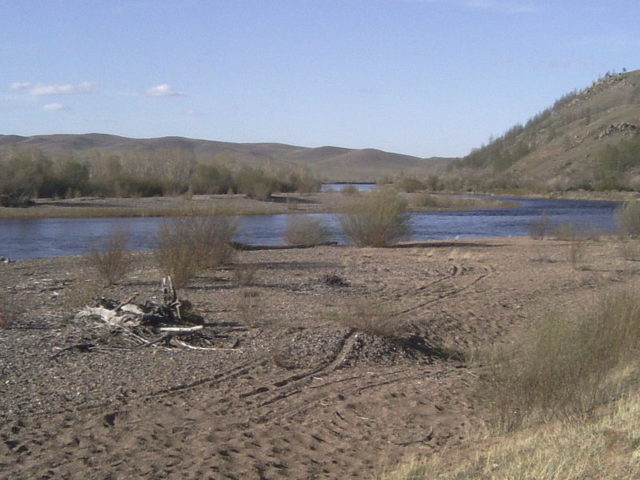
Several legends surround the mysterious burial of Genghis Khan, and one of them is particularly sinister. According to a Mongolian tale, the soldiers that were a part of the Khan’s funeral procession were ordered to kill any unwitting witnesses who crossed the procession’s path, and hundreds of people were buried beneath the secret path from the conquered territories of the Western Xia to the Khan’s homeland.
The purpose of this alleged massacre was to conceal the actual location of Genghis Khan’s grave, so nobody could desecrate his remains and disturb his eternal peace.
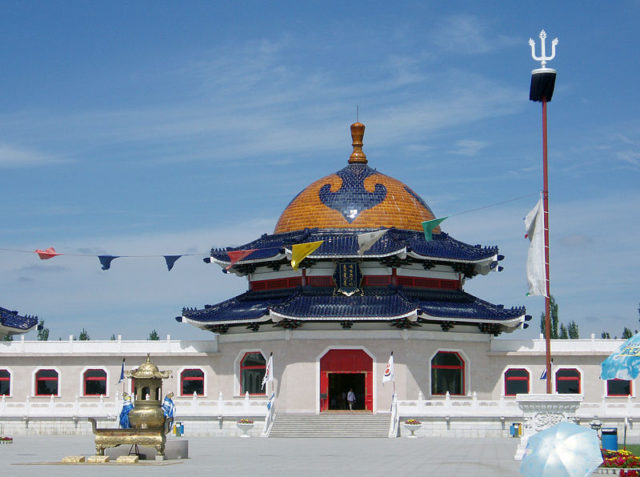
In the 1950s, Chinese nationalists built a grand mausoleum to honor Genghis Khan, but the mausoleum is not his real resting place. A joint Japanese-Mongolian archaeological expedition claimed to have discovered the Khan’s tomb in 2004, but their claim has still not been verified.
Furthermore, Mongolian folklore legends claim that the Onon river was diverted to flow over the Khan’s grave. In that case, his remains will most likely rest in peace forever.
